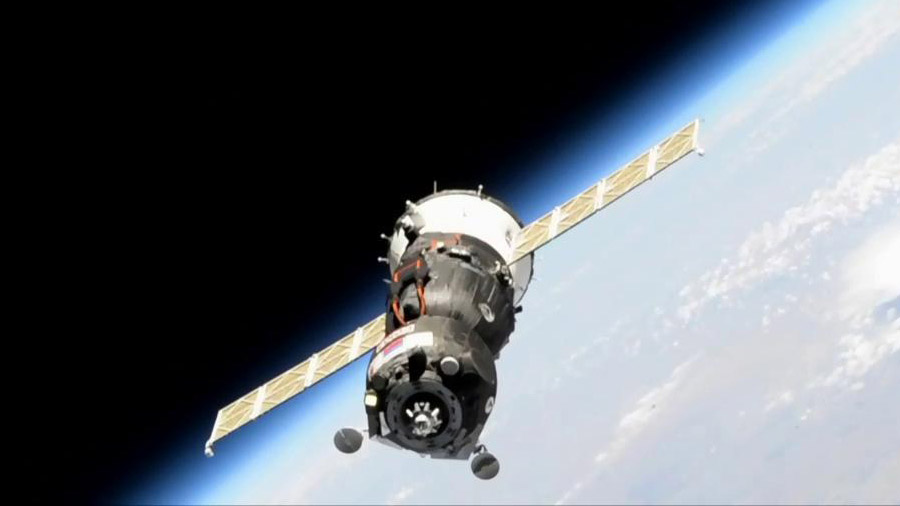New French CEPT paper still seeks 144-146 MHz for Aeronautical
 The French administration has renewed its attack on the Amateur Radio 144-146 MHz band ahead of a key CEPT ECC CPG meeting in Ankara, August 26-30.
The French administration has renewed its attack on the Amateur Radio 144-146 MHz band ahead of a key CEPT ECC CPG meeting in Ankara, August 26-30.
In a paper to be considered at the conference the French Administration says it is not at this time seeking Primary status for the Aeronautical Mobile Service in 144-146, however, their intent is still that the Aeronautical Mobile Service should share the amateur 2m band.
It is clear where such sharing would inevitably lead, amateur operation in the band would only be tolerated if there were no interference to Aeronautical Mobile. Radio Amateurs might be subject to heavy restriction and low EIRP limits.
We can get on idea of France’s long term intent for 144 MHz from their attitude to the 1240-1300 MHz band. It was initially said the Galileo constellation could amicably share this allocation and amateur operation could continue but now France says “unregulated use of the band 1240-1300 MHz by the amateur service is a serious source of harmful interference to RNSS receivers.”
See https://amsat-uk.org/2019/08/19/threat-to-amateur-radio-23cm-band/
The French paper CPG(19)137 F – AI10 – Non safety AMS-background information is at
https://www.cept.org/Documents/cpg/53024/cpg-19-137_f-ai10-non-safety-ams-backgroud-information
Read the IARU paper – CPG(19)115_IARU – AI10 – View on 144-146 MHz under B10-2
https://www.cept.org/Documents/cpg/52931/cpg-19-115_iaru-ai10-view-on-144-146-mhz-under-b10-2
Read the Save 2 Meter story – French administration strikes back at IARU at
https://www.save2m.org/2019/08/french-administration-strikes-back-at-iaru/
Follow Save 2 Meter at https://twitter.com/Save2Meter
Other Ankara meeting documents are at
https://cept.org/ecc/groups/ecc/cpg/client/meeting-documents/?flid=10031
m5aka
AMSAT-UK
Powered by WPeMatico







